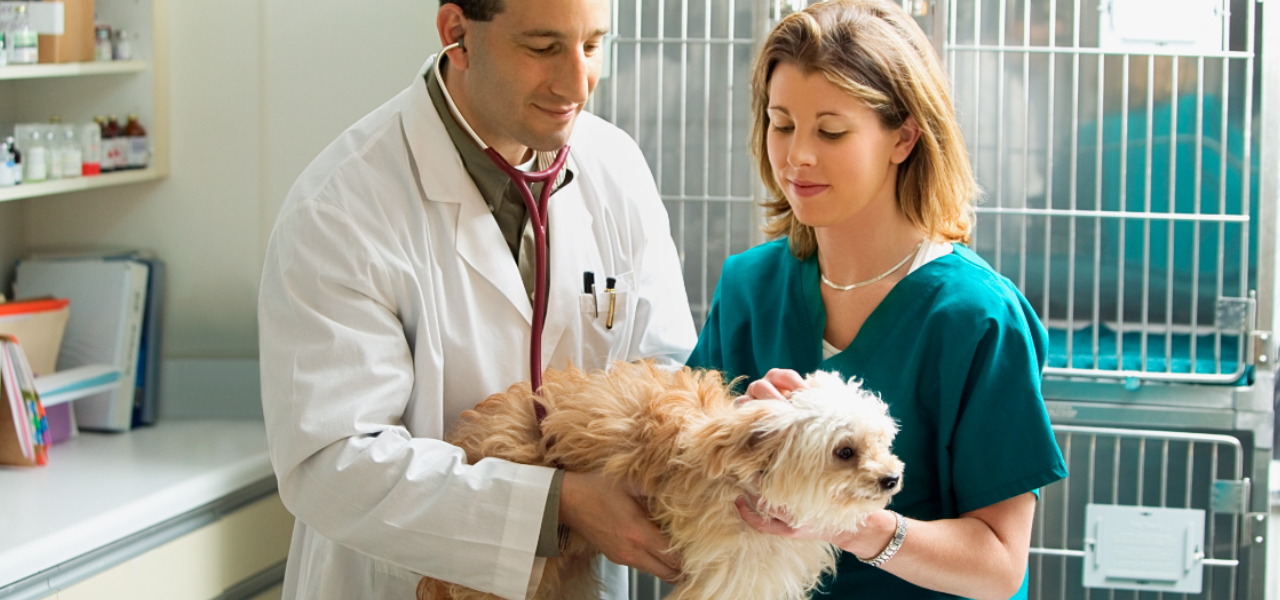Aug 14, 2024, 12:46 PM

In contemporary anesthetic procedures, mechanical breathing is essential, especially in veterinary medicine. The safety and effectiveness of surgical treatments have been greatly increased by the ongoing improvements made to anesthesia techniques and equipment. This comprehensive essay delves into the significance of mechanical ventilation in anesthesia, particularly emphasizing the inventive characteristics and advantages of RWD Life Science's R420 Mechanical Ventilator. The article sheds light on the influence and importance of mechanical ventilation in the veterinary business. It demonstrates its significance for Eurovets, a prominent provider of veterinary medicines and supplies in the UAE.
The Evolution of Anesthesia in Veterinary Medicine
The field of veterinary anesthesia has undergone tremendous development. Initially, spontaneous respiratory anesthesia was the norm, but advancements quickly led to the adoption of isoflurane masks and intubation anesthesia. These technological advancements have proven invaluable in treating uncooperative animals that must be sedated or anesthetized for various medical and therapeutic operations.
The Vital Functions of Circulation and Respiration in Anesthesia
Fundamentally, anesthesia minimizes the anesthetic medications' inhibitory effects on breathing and circulation while preserving the proper balance between analgesia, comfort, and safety. Life maintenance has always been at the core of anesthesiology's evolution, particularly emphasizing breathing and circulation.
The Necessity of Mechanical Ventilation
Most anesthetic drugs depress respiratory function, making mechanical ventilation a critical component of anesthesia management. Here are the primary reasons why mechanical ventilation is indispensable:
Counteracting Respiratory Depression
Anesthetic drugs often inhibit respiratory function. Mechanical ventilators provide machine-controlled respiration, ensuring adequate oxygenation and freeing the anesthetist's hands for other tasks.
Meeting Muscle Relaxation Requirements
Modern surgical procedures, such as thoracotomy and laparoscopic surgery, require significant muscle relaxation or deep anesthesia. In such cases, spontaneous breathing becomes challenging, and mechanical ventilation is necessary to maintain effective respiration.
Versatile Ventilation Modes
The R420 Mechanical Ventilator offers various control ventilation modes, including pressure control, volume control, and assisted ventilation. These modes cater to different surgical needs, ensuring optimal respiratory support throughout the procedure.
Preventing Inadequate Ventilation
Spontaneous breathing may not provide sufficient lung ventilation during anesthesia-induced respiratory suppression. Mechanical ventilation ensures consistent and adequate minute ventilation, preventing complications related to inadequate oxygenation.
Reducing Anesthetist's Workload
Anesthetists must monitor numerous parameters during surgery. Mechanical ventilators with alarm systems help reduce the anesthetist's workload by automating respiratory monitoring and intervention.
The R420 Mechanical Ventilator by RWD Life Science
The R420 Mechanical Ventilator from RWD Life Science is a state-of-the-art device designed to address the respiratory needs of animals under anesthesia. Its advanced features include:
Multiple Ventilation Modes
Adaptable to various surgical requirements, ensuring optimal respiratory support.
User-Friendly Interface
Simplifies operation and monitoring, allowing anesthetists to focus on patient care.
Robust Alarm System
Enhances safety by alerting anesthetists to any respiratory irregularities.
Compact Design
Suitable for various clinical settings, from small veterinary clinics to large animal hospitals.
Conclusion
Mechanical ventilation is a vital aspect of modern veterinary anesthesia, ensuring the safety and effectiveness of surgical procedures. The R420 Mechanical Ventilator by RWD Life Science exemplifies the advancements in this field, offering versatile and reliable respiratory support. For Eurovets, a prominent distributor of veterinary medicines and supplies in the UAE, incorporating such advanced equipment is essential to providing top-tier healthcare for animals. By understanding the critical role of mechanical ventilation, veterinary professionals can enhance their surgical outcomes and ensure the well-being of their patients.
